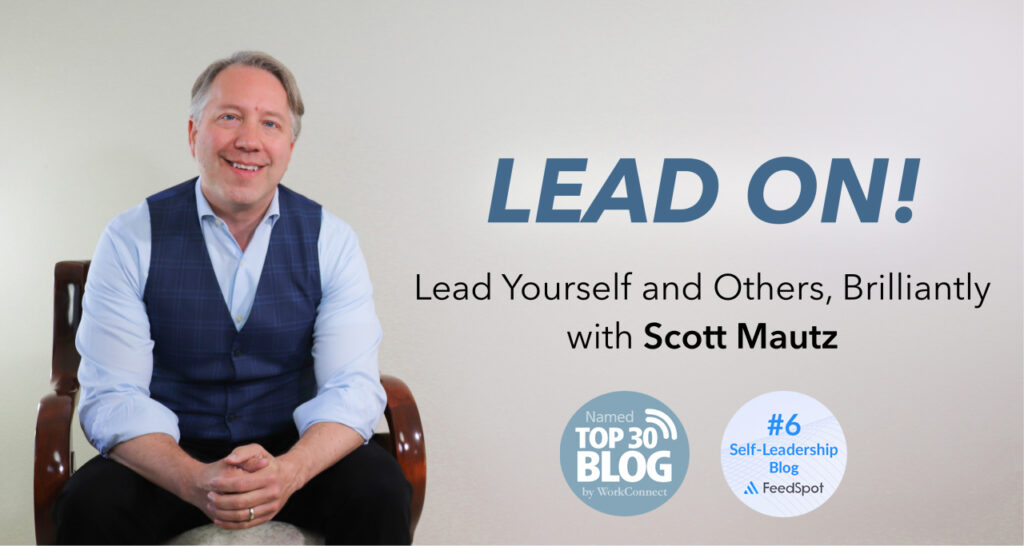
INSIGHTS (on leadership/self-leadership)
Ever consider the difference between motivation and inspiration? It’s worth thinking about, especially as a leader. Motivation is the pragmatic consequence of inspiration. It’s the engineer in you that proceeds in a step by step fashion with marching orders in hand until it achieves its goal. And it receives its directive from inspiration – the most powerful, catalyzing programming we have on our internal hard drive. It’s the Holy Grail of enthusiasm. Inspiration is a three-beers-in guitar solo. It yields a moment of galvanizing energy and vision that precedes motivation and shoves it into action. It drives us to our greatest accomplishments and deepest level of fulfillment.
And here’s the key:
With motivation, you take hold of an idea/feeling and run with it. With inspiration, an idea/feeling takes hold of you.
As an inspirational leader, you can generate ideas, feelings, and beliefs that take hold of people and that thrust them into actions of betterment. Inspiration is about getting people to expend their discretionary energy on something that matters. It’s generating commitment, not just compliance. So, ask yourself, what will you do to inspire someone today?
IMPERFECTIONS (a mistake many of us make)
One of the most common imperfections many of us share is the difficulty to truly, actively listen. In my new book, The Mentally Strong Leader: Build the Habits to Productively Regulate Your Emotions, Thoughts, and Behaviors, I share The Peak Listening Model, a proven, science-backed method for dramatically improving your ability to listen. Here are a few “slices” of that:
1. WAIT.
If you tend to interrupt people, remember, WAIT, which stands for, “Why Am I Talking?” (as opposed to listening right now) If you find yourself starting to interrupt, like before a colleague is finished explaining an idea, this acronym should flash in your mind’s eye. It really works.
2. Catch the drift.
By this I mean make a point to notice when your attention is drifting. Excuse yourself and admit where you are mentally if you have to – faking it is frustrating and people will see through it. You do that by:
• Using listening mantras (i.e., writing down simple reminders, even placing them where you can see them, to stay present in the conversation, like, “Don’t zone out, zone in,” or “Be mindful, not mind full,” or, “Run your mind, don’t let it run you.”)
• Monitoring your emotions. (i.e., not letting emotional responses sidetrack you and compromise your listening, like when the other person says something you strongly disagree with)
• Resisting the 4:1 Rule, which acknowledges psychology research that shows we think four times faster than others talk; the 4:1 Rule. So how do we fill that space while our brain is waiting for the other person to catch up? Most often by formulating what we’re going to say in response. That does not lead to true listening. To help here, breathe slowly while listening. This helps still the mind and keeps it focused on what’s being said as opposed to what you want to say.

IMPLEMENTATION (one research-backed strategy, tip, or tool)
We’re all familiar with the principle of compound interest; money you invest now grows as the interest rate kicks in over time. Similarly, if you take interest in your personal growth and invest in it, it builds on itself over time. I know you know this. The takeaway here is this; the compounding interest of personal growth doesn’t start until you start investing in yourself.
So, start. Take that first step to learn Spanish, like you’ve been wanting to. Make a commitment to go to that conference to learn whatever it is you want to learn for whatever reason. Take that course you’ve been meaning to (I have 30 courses on LinkedIn Learning you can peruse, as a starting point). Start now. Grow. Grow from that. Take interest in the compounding interest of personal growth.




Leave a Reply